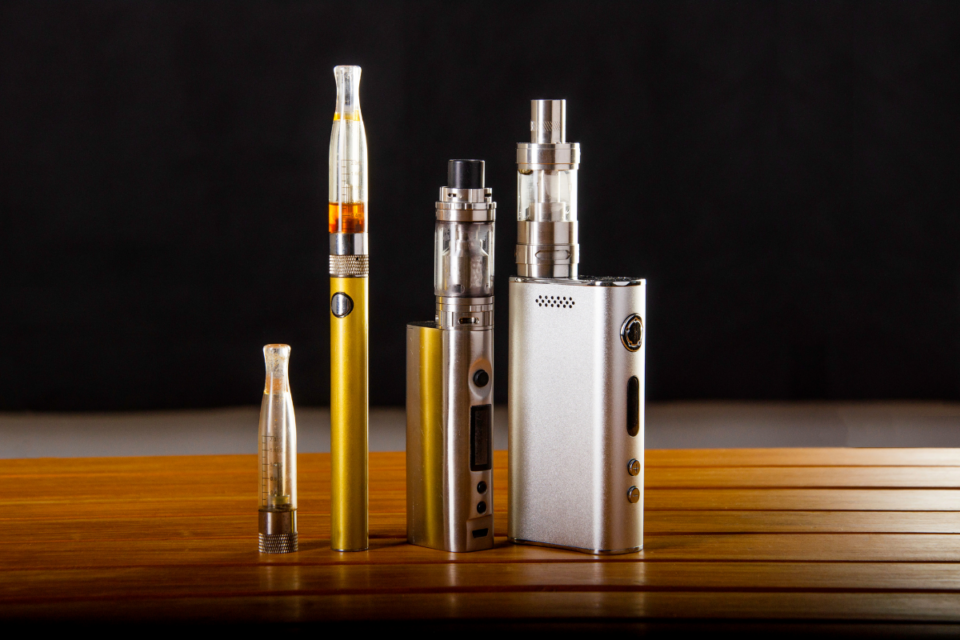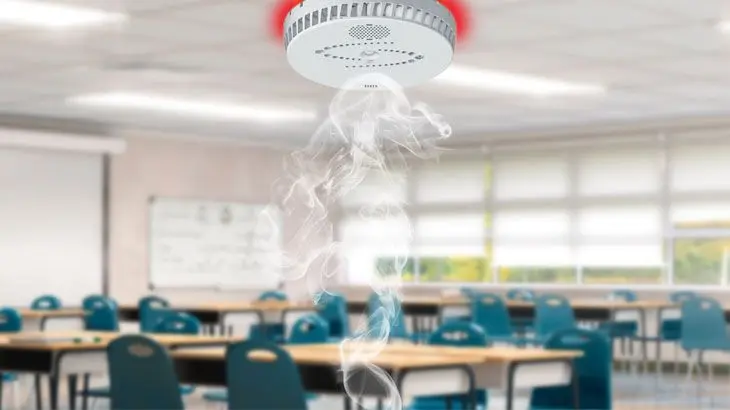Vaping in Schools the Latest Trend
Adolescence is a time of exploration and identity formation. Throughout the years, trends have emerged that allow young people to express themselves and sometimes push the boundaries of conformity. For instance, the 1990s introduced us to the distinctive wide-legged JNCO jeans, while the early 2000s were marked by the emo aesthetic. Today, crop tops have become a symbol of youth fashion. While many of these trends are harmless expressions of individuality, we must acknowledge the more serious challenges teenagers face. These include pressures to engage in risky behaviors such as underage drinking, misuse of prescription medications, and the use of tobacco or vapes. These issues are a constant challenge for parents and educators.
In this blog post, we’re addressing a concern that has become increasingly prevalent over the past five years: the rise of e-cigarette use, or “vaping,” among young people. This trend is alarming, as it not only poses significant health risks to adolescents but also distracts them away from their education. Educators and school administrators have been working tirelessly to combat vaping, often employing extensive measures with varying degrees of success. But the introduction of new vape sensor technologies has shown promise in preventing vaping incidents in schools, offering a glimpse of hope in the ongoing effort to protect our youth and refocus on learning.

It’s Real: The Problem with Teen Vaping
Nicotine, a key ingredient in e-cigarettes, is addictive and poses risks, especially to young people. While adults may use vaping to quit smoking, it’s concerning when young adults and even younger children view vaping as a casual activity.
The National Institute on Drug Abuse (NIDA) reports a significant rise in e-cigarette use among teens. For example, 25% of high school seniors have vaped in the last month. Media outlets, including Time Magazine, have highlighted these concerns, noting the sharp increase in vaping among 12th-graders.
Many teens are unaware of the risks associated with vaping, including the higher nicotine content compared to cigarettes. The appeal of flavored vaping products, with names like “cotton candy” and “bubble gum,” adds to the problem. Accessibility and lack of regulation contribute to the ease with which young people can obtain these products.
Brian Jarosz, a Business Development Manager at Prime Secured, has collaborated with Nebraska school districts to address vaping concerns. Drawing from his personal experiences with his own teenagers and their friends, he observes that many young people, including student athletes, are not fully aware of the health risks associated with vaping. He expresses, “There’s no smell, no bad taste like cigarettes, and they felt it was something that’s cool and not bad for you.”
Vaping Health Risks and Regulations
Nicotine use during adolescence can negatively affect brain development and increase the risk of addiction. Vaping products are regulated differently across regions, and not all are unregulated. However, illegal products often don’t meet safety standards.
THC, found in some e-cigarettes, and harmful additives in black market products can pose significant health risks, including respiratory illnesses and even death. Efforts to legislate and regulate the sale of e-cigarettes aim to reduce underage vaping, but there’s concern about pushing young people towards more dangerous, unregulated products.
For more facts about the risks of e-cigarettes for kids, teens and young adults, see this article from the Centers for Disease Control and Prevention (CDC).
Vaping's Impact on Education
Teachers report that vaping is distracting students and affecting their ability to perform in class. Vapers are leaving the classroom daily at appointed times to meet friends in bathrooms to vape together. “The teachers I have spoken with say students who vape aren’t concentrating on class material because all they can think about is the next time they get to vape,” Jarosz explained.
Some students try to conceal e-cigs and sneak puffs in class. Teachers say an inordinate amount of their time is consumed by dealing with this behavior, from managing the number of students who go to the restroom at a time to monitoring bathrooms more often, to hashing out new school policies and making sure everyone is aware: students, teachers, administrators and parents. Not to mention handing out discipline when students are caught using the devices.
NBC News reported on one Alabama high school that has removed bathroom stall doors to deter vaping. The news channel said 9% of other schools surveyed also have removed bathroom doors. Privacy issues are clearly in question, but it’s obvious educators have become desperate.
The fact remains that vaping is becoming expensive both in terms of teachers’ time and the costs of resources needed to address the problem. Jarosz pointed out that there are also lost opportunity costs in terms of how much education young people are receiving. “And it’s not fair to teachers,” he said. “They didn’t go to college to become a safety officer or social worker, and that’s what they are being called on to do with a behavior epidemic like vaping.”

Vaping Detection is Evolving as an Effective Vaping Solution for Schools
Emerging technologies, like Vape Smart Sensors, offer new ways to address vaping in schools. Originally designed to detect various environmental factors, the sensor can now identify vaping substances and notify school personnel. This technology, which can integrate with security systems, serves as both a deterrent and a means to enforce school policies on vaping.
In addition to detecting vaping, vape masking, smoking, and THC the sensor also can provide readings for the following health information:
- Health Index
- Air Quality Index
- Carbon Monoxide
- Carbon Dioxide
- Nitrogen Dioxide
- Humidity
- Temperature
- Total Volatile Organic Compounds (TVOC)
As highlighted, it also serves as a safety tool, offering:
- Sound Analytics, Including Gunshot and Aggression Detection
- Occupancy Management
- Tamper Alerting
- Emergency Keyword alerting, enabling faculty to use a “Help Word” that triggers immediate assistance to their location.

The IP-based sensor, resembling a smoke detector that’s mounted to the ceiling, can be programmed to recognize specific substances and sounds that schools want to monitor. When it detects one of these signatures, it alerts selected personnel through text or email. The device is designed with anti-tampering features to prevent students from disabling it. It can be easily integrated into some full-featured security systems, such as Genetec.
The sensor can be used in conjunction with video management system (VMS) products to determine who has been using vape products where the sensor is tripped and provide probable cause for searches. It is important for schools to put some thought into how the device will be handled within the parameters of existing security policies and protocols. A technology partner, like Prime Secured, can help ensure the product is fully leveraged for a variety of security needs, as well as ensuring that signature thresholds are set at appropriate levels to avoid false alarms.
Perhaps most important is the device’s role as a deterrent. The idea is that once the word is spread that video-equipped substance detection systems are in place, with anti-tampering technology, and that the school is prepared to clamp down on vaping, students may give up trying to vape during school hours.
Schools that have implemented this technology are witnessing positive outcomes. This video features a school in California discussing their experience and the benefits they’ve observed since installing these sensors.
Worrisome peer-based cultural habits will always be a part of school environments, but sensing devices can help schools fight the negative effects of vaping, from teen health concerns to loss of resources and learning erosion.
For more information about the implementing vape sensors in your school reach out to as at www.primesecured.com or call our sales line directly: 402-401-6120




